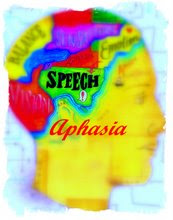 The LOPES therapeutic robot can do all or some of the walking for you
The LOPES therapeutic robot can do all or some of the walking for you Scientists in the Netherlands are using robotic legs to try to improve the movement of stroke patients.
The prototype device is called the Lower-extremity Powered ExoSkeleton, or LOPES, and works by training the body and mind of a patient to recover a more natural step.The machine is also being tested on spinal injury patients who have recovered some restricted movement in their legs.
It is hoped a commercial version could be made available to rehabilitation centres around the world as early as next year.
Feedback mechanism LOPES has been developed by engineers at the University of Twente in Enschede in the Netherlands over several years. Designed for the rehabilitation clinic, it is not a mobile device but supports the patient as they walk on a treadmill.
It can do all the walking for the patient, or it can offer targeted support in either one leg or with one element of the walking process. The machine can also detect what the patient is doing wrong.
"For instance, some people cannot lift their foot up appropriately," explains Dr Edwin van Asseldonk, who is working on the project. "What this device does is it senses that the foot is not lifting properly.
"It then compares it with a reference pattern and then exerts a force or torque to assist that subject in doing it."
Dr Edwin van Asseldonk explains what LOPES can do
http://bbc.in/oxiDL3





0 comments:
Post a Comment